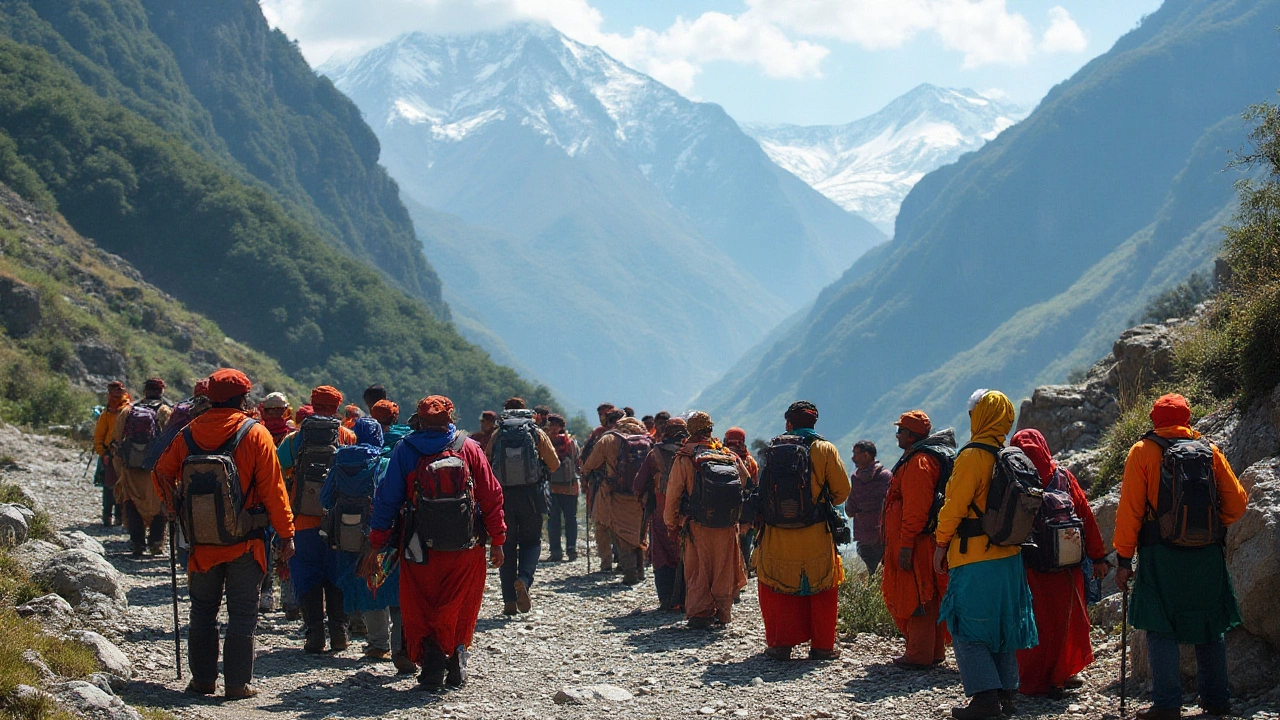SEARCH
India Trek: Your Practical Guide to the Best Trails and Gear
If you’re dreaming of trekking through Indian valleys, forests, and mountain peaks, you’ve come to the right place. This guide breaks down where to go, when to go, and what to pack so you can hit the trail with confidence.
Top Trekking Destinations in India
India’s geography is a playground for hikers. In the north, the Himalayas offer classics like the Roopkund Trek in Uttarakhand and the Markha Valley in Ladakh. Both give you high‑altitude scenery without needing a sherpa. The east holds the misty Dzongri Trek in Sikkim, where rhododendrons bloom in spring.
South India isn’t just beaches. The Western Ghats hide the Chembra Peak trek in Kerala and the Anamudi trail in Tamil Nadu, both perfect for a weekend escape. If you prefer a mix of culture and nature, the Valley of Flowers trek in Himachal adds wildflowers to the high‑altitude drama.
Finally, the northeast offers off‑the‑radar gems like the Mawsynram trek in Meghalaya, where you’ll walk through cloud‑kissed forests and waterfalls. Each region has a best season – generally September to November for the Himalayas, and December to February for the Western Ghats.
Essential Gear & Safety Tips
Good gear is half the trek. Our “3‑Layer Rule for Hiking” article explains why you need a moisture‑wicking base, an insulating mid, and a waterproof shell. Pack a lightweight down jacket for cold mornings, a breathable rain shell for monsoon surprise showers, and comfy trekking shoes with good ankle support.
Hydration and nutrition matter. Carry a 2‑liter water bladder, bring electrolytes, and snack on nuts, dried fruit, and energy bars. A small stove lets you boil water at altitude, reducing the risk of water‑borne illness – a concern highlighted in our “What to Eat in India” guide.
Safety basics include a first‑aid kit, a map or GPS device, and a local guide if you’re in a remote area. Permits are required for many protected zones; check the latest fees on the official tourism site before you leave.
Budget‑savvy trekkers can follow tips from our “South India Trip Cost” article. Hostel rooms, shared jeeps, and local food stalls keep daily expenses under $30 in most regions. For high‑altitude treks, allocate extra for oxygen cylinders and guide fees.
Remember to respect the environment. Pack out all trash, stay on marked paths, and avoid disturbing wildlife. Following these simple rules helps preserve the trails for the next adventure‑seeker.
Ready to plan your next Indian trek? Pick a destination, check the season, and start packing using the 3‑layer system. With the right gear and a bit of preparation, India’s trails are yours to explore.

Explore the Grandest Adventure: Discovering India's Largest Trek
Embark on an invigorating journey through the heart of India by exploring its largest excursion, a trek that offers a unique blend of natural beauty, diverse landscapes, and rich cultural experiences. This adventure presents outdoor enthusiasts with opportunities for exploration and personal growth. With varying terrains and breathtaking views, this trek is an ultimate challenge and reward for those seeking thrilling experiences. Discover preparation tips, key highlights, and what makes this trek a must-do for any avid adventurer.
Continue reading